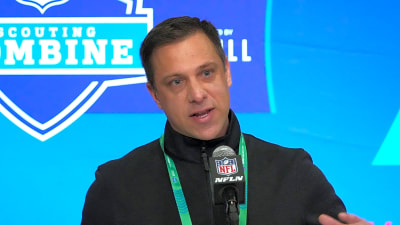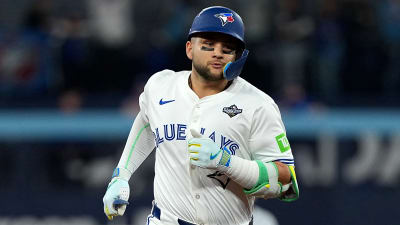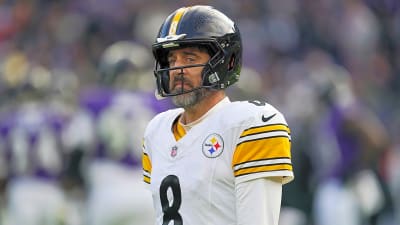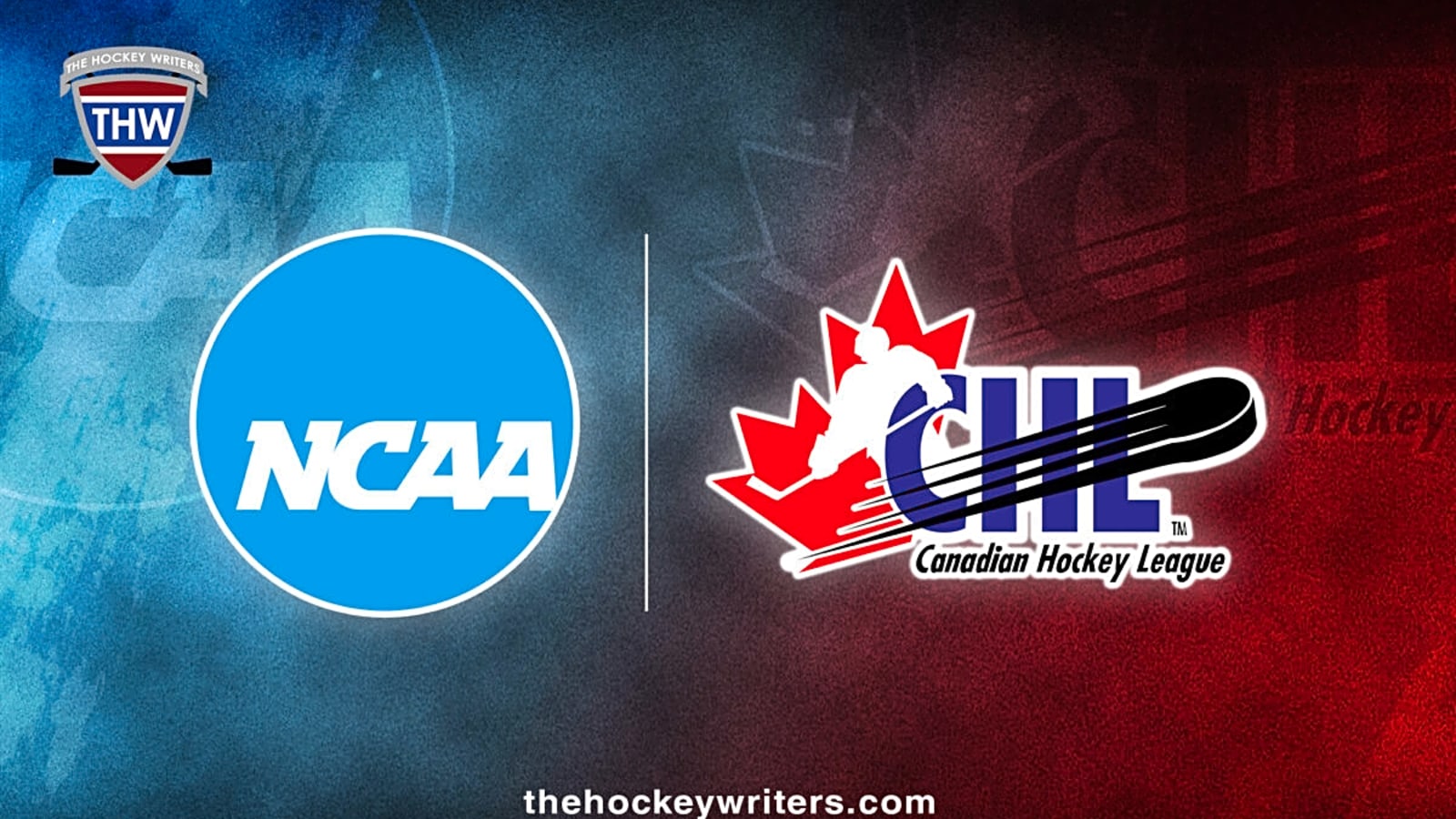
In November 2024, the NCAA officially lifted its ban on Canadian Hockey League (CHL) players, allowing prospects from the Ontario Hockey League (OHL), Western Hockey League (WHL), and Quebec Maritimes Junior Hockey League (QMJHL) to play Division I college hockey starting next season.
For years, CHL players had been ineligible due to amateurism rules, but with the change, top junior players now have the option to pursue NCAA hockey—a move that’s shaking up recruiting and paths many players take toward the professional level.
A New Path for CHL Players
For decades, the CHL has dominated as the premier development route to the NHL, producing elite talent at an unmatched rate. From 2015 to 2024, CHL leagues saw 839 players drafted, while the NCAA trailed behind with just 74. Though remarkably, 63 of those NCAA selections were first-round picks, including two number-one overall selections: Macklin Celebrini and Owen Power.
Now, with CHL athletes eligible for NCAA competition, players have more flexibility in choosing their development path, giving them the opportunity to combine high-level hockey with a college education before making the leap to the professional level. This shift changes how young players plan their careers, allowing them to take a different route than the one traditionally dominated by the CHL.
How Will This Affect Junior Hockey?
This move isn’t just changing NCAA Hockey—it’s shaking up junior hockey, too. The CHL has always been the go-to path for NHL prospects, but now colleges are competing for those same players, offering both high-level hockey and a degree. Before, CHL players were considered professionals under NCAA rules, which meant they couldn’t switch to college hockey. That’s not the case anymore, and it’s changing how young players map out their careers.
For CHL teams, holding onto their best young players is about to get a lot harder. Instead of staying in the CHL for their full junior careers, some prospects might rethink their options and jump to the NCAA sooner than expected, sometimes even because of the NIL incentives. That means junior teams could see more roster turnover and have to adjust how they recruit and develop players.
Top CHL prospects, like 17-year-old Gavin McKenna—the projected first pick in the 2026 NHL Draft—are now being rumored to head to college soon.
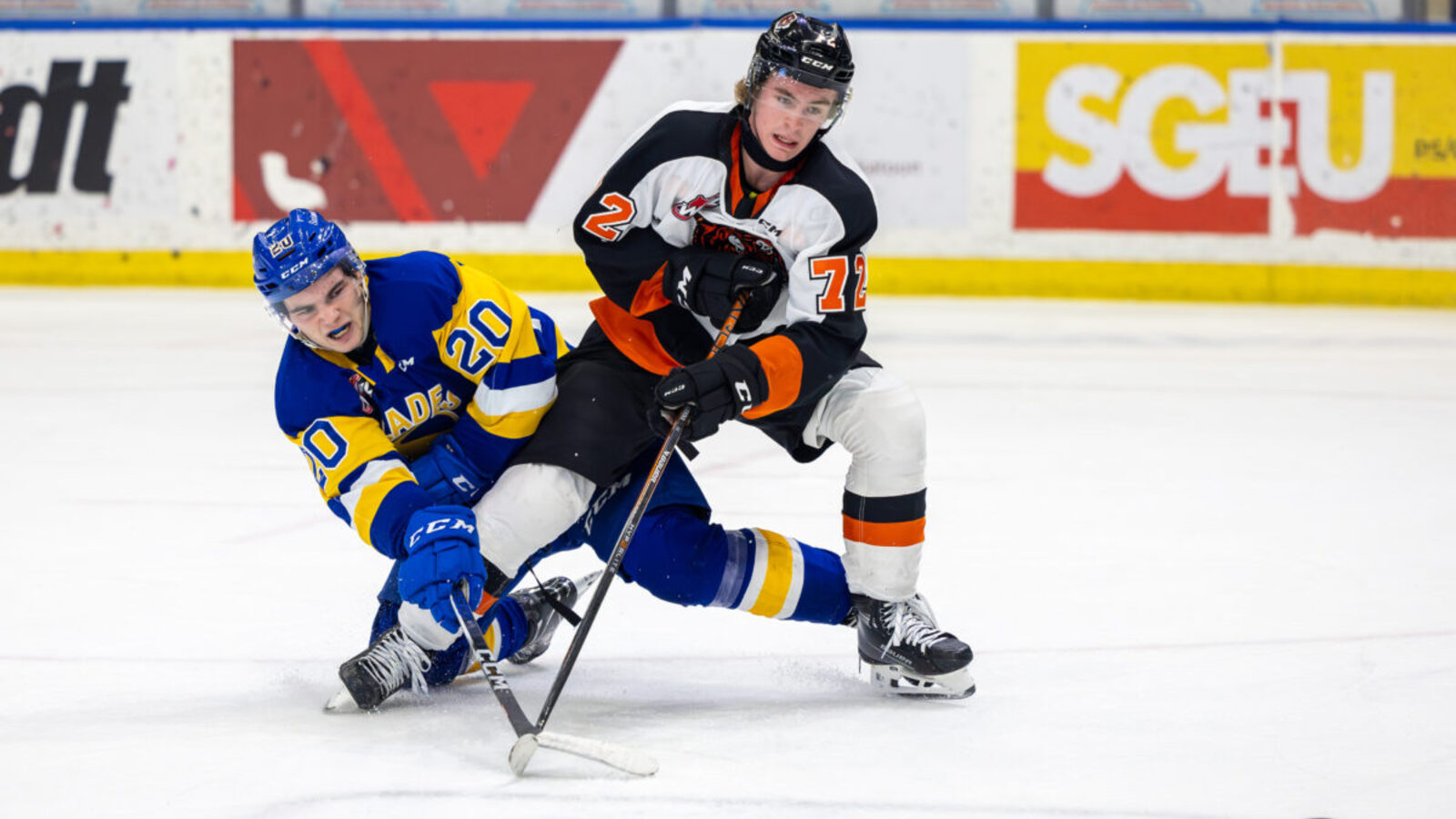
Suppose more elite players start choosing college hockey for the mix of high-level competition, education, and NIL money. In that case, junior teams are going to struggle even more to keep their top talent. It’s a tough situation for the CHL, which has always been the main path to the NHL, but now faces a new challenge in maintaining the talent pool in all three leagues.
Some Players Aren’t NCAA Eligible Yet
Recently, one issue that has popped up with CHL players heading to NCAA programs is that many never thought they’d play college hockey when they signed in the CHL leagues.
Because of that, they didn’t take enough core high school courses to meet NCAA eligibility requirements. Now, some players want to make the move but are running into issues because they don’t have the academic credits needed to enroll in college.
Schools are working to find solutions to get these players qualified, but it’s become a frustrating situation for players who are ready to make the jump but aren’t able to yet due to academic rules.
The Wildest Offseason Yet
With CHL players now eligible for NCAA hockey, recruiting this offseason has completely changed. Schools are making major moves to secure top-tier junior talent, and some programs are rebuilding their rosters entirely around CHL players. Others are continuing to lean on their existing United States Hockey League (USHL) pipelines, but have now started mixing in CHL players, too.
Below are a couple of examples of what some programs are up to on the recruiting trail.
Miami University (OH) (NCHC), the team I cover, still mainly holds USHL recruits, likely due to head coach Anthony Noreen’s strong connections to the league as a former USHL coach. However, they have added three CHL commitments for 2025-26—OHL forward Kocha Delic, WHL defenseman Ryder Thompson, and OHL forward Ethan Hay—while securing QMJHL prospect Maxim Dube for the 2026-27 class.
Bowling Green State University (CCHA) has taken a different approach, completely embracing the CHL player influx and using it as a way to reshape its roster, with 10 of 15 players in the 2025-26 class out of the CHL.
Meanwhile, Denver University (NCHC), always a powerhouse in recruiting, has landed two of the WHL’s top scorers for 2025-26 (Kyle Chyzowski & Clarke Caswell), stacking their lineup with even more offensive firepower from the CHL.
Changing the NHL Draft Rights Dynamics
One big difference between CHL and NCAA players is how their NHL rights are handled:
Once signed:
More CHL players heading to the NCAA will definitely shake some things up for NHL front offices.
More Exposure for NCAA Hockey
With more talent coming in, schools could start to make more money through increased sponsorships and ticket sales.
This could also impact TV ratings during the NCAA tournament, especially with ESPN airing the Frozen Four. With more high-profile players entering NCAA hockey (future/current NHL draft picks), the sport could start drawing in a bigger national audience, which might even push ESPN to step up and improve its coverage of the tournament.
For years, college hockey hasn’t gotten the same attention as other NCAA sports, but if this shift leads to better competition and a more marketable product, the NCAA could become more popular, putting the sport in front of more fans than ever before.
A Good Thing for College Hockey
In the end, this benefits NCAA hockey in my eyes.
The more talented players schools can bring in, the better the competition gets. Sure, some programs have more recruiting advantages, but there are plenty of players out there. If a program gets its guys and develops them, they can still build a strong roster and have successful seasons.
This shift should make college hockey even more competitive and give NCAA programs a bigger presence in NHL development over time.
One thing is for sure: the next few seasons of college hockey are going to look a lot different.
More must-reads:
- Rising and falling: Which NHL players can continue their hot pace?
- Missouri QB Beau Pribula to enter NCAA transfer portal
- The 'Youngest 40-point NBA games' quiz
Breaking News
Trending News
Customize Your Newsletter
 +
+
Get the latest news and rumors, customized to your favorite sports and teams. Emailed daily. Always free!
